Studying bird feathers at the Advanced Photon Source has given scientists a picture of the mechanism that holds those feathers together when birds fly.
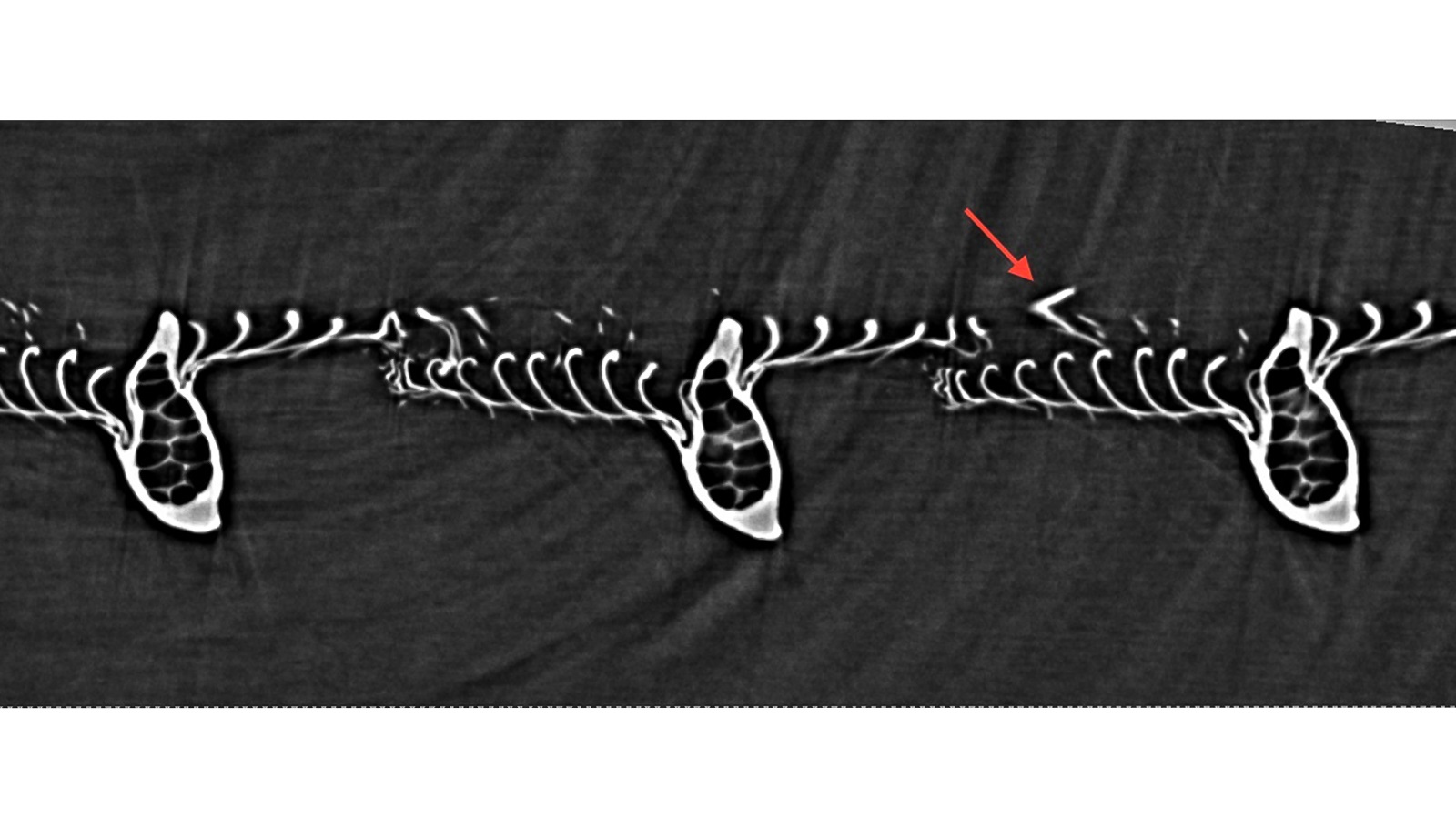
news, journals and articles from all over the world.

Studying bird feathers at the Advanced Photon Source has given scientists a picture of the mechanism that holds those feathers together when birds fly.
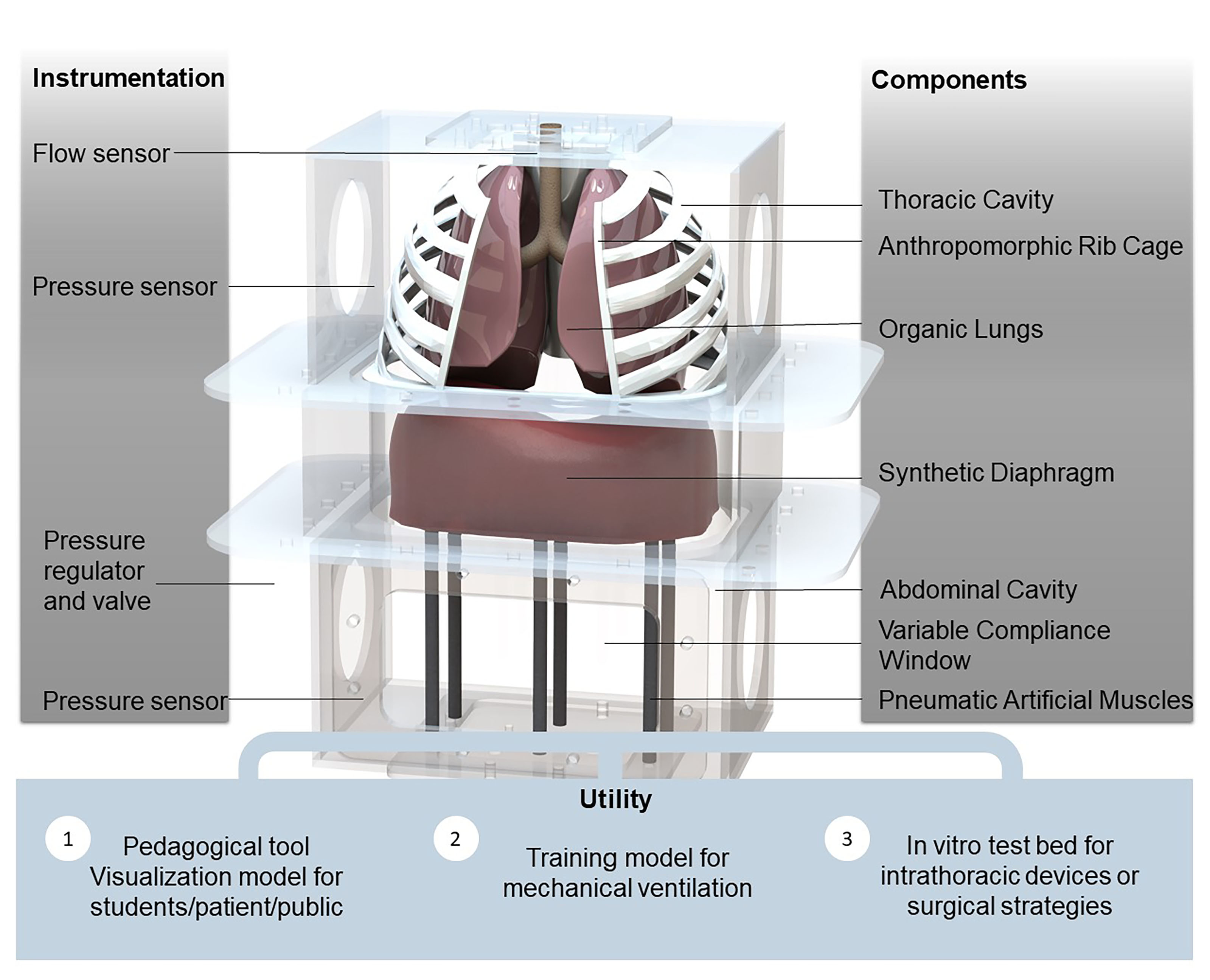
Discussed in APL Bioengineering, researchers created a high-fidelity respiratory simulator that accurately represents the interplay between the abdomen, diaphragm, lungs and pleural space, the fluid-filled membrane surrounding the thorax and lungs. The model, using swine lungs, soft robotic materials and artificial muscles, allows precise tuning of pressure in each part of the system, so specific disease conditions can be tested. It also proved extremely useful for testing ventilator-only respiration by removing the elastomeric diaphragm.
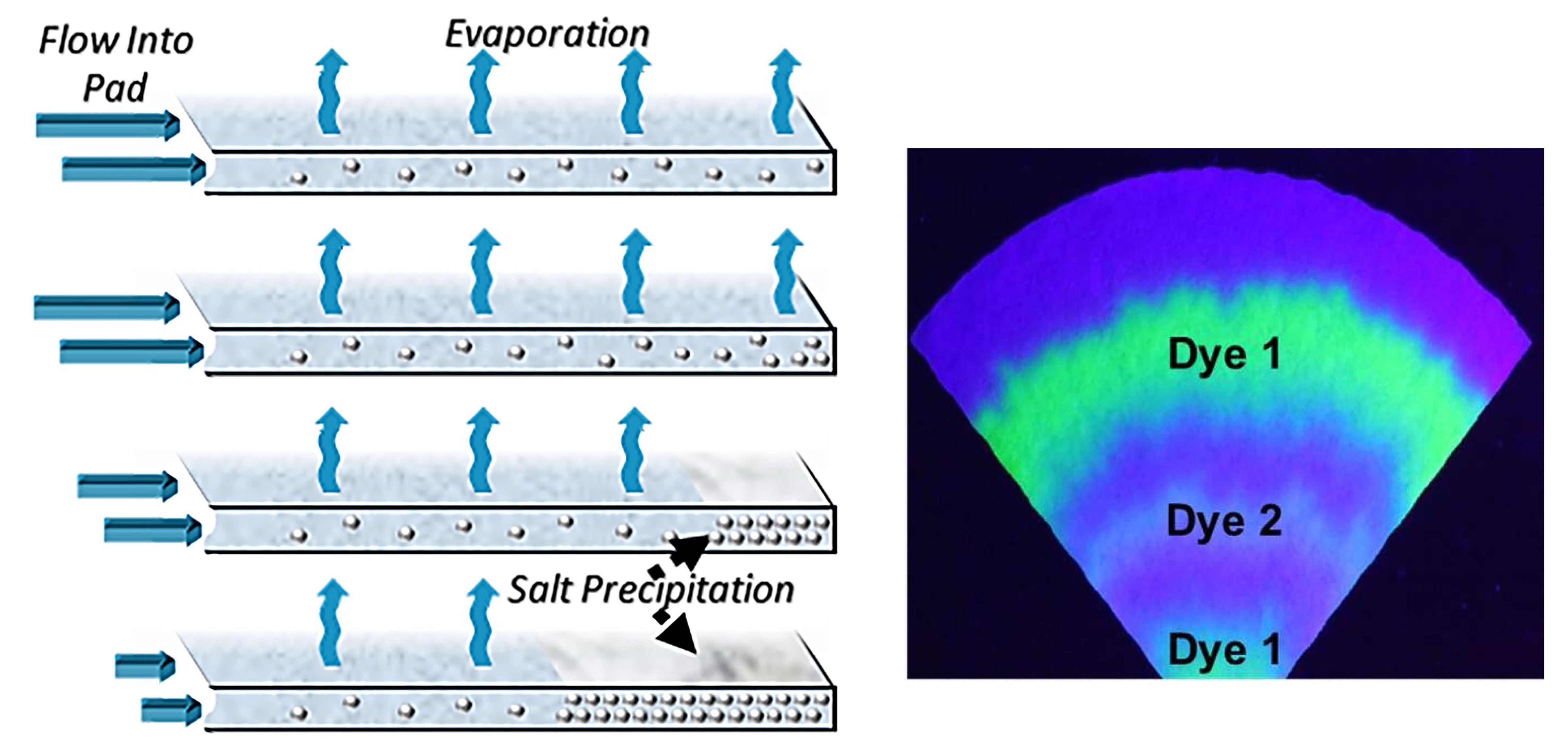
Researchers at North Carolina State University have constructed a paper-based device as a model of wearables that can collect, transport and analyze sweat in next-generation wearable technology. Using a process known as capillary action, akin to water transport in plants, the device uses evaporation to wick fluid that mimics the features of human sweat to a sensor for up to 10 days or longer. They discuss their work in the journal Biomicrofluidics.
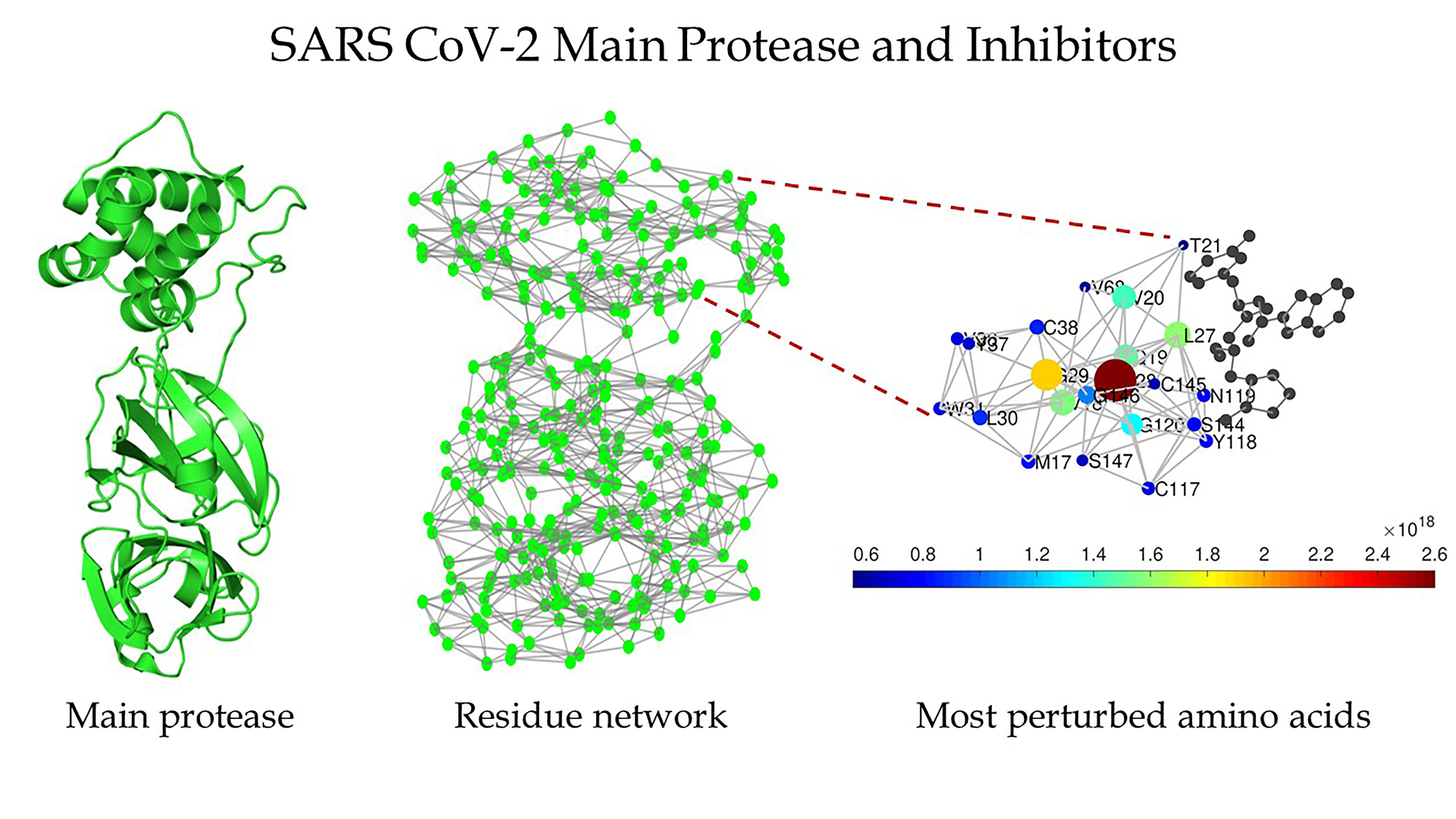
As the COVID-19 pandemic continues to spread, many researchers are studying epidemiological models to predict its propagation. However, a mathematician and expert in complex systems decided to focus on finding targets within SARS-CoV-2 for new drugs to attack. In the journal Chaos, he discusses the dramatic increase in the sensitivity of the main protease of SARS-CoV-2 to small disturbances, which made him suspect there is a role for inhibitors to play in killing the virus.
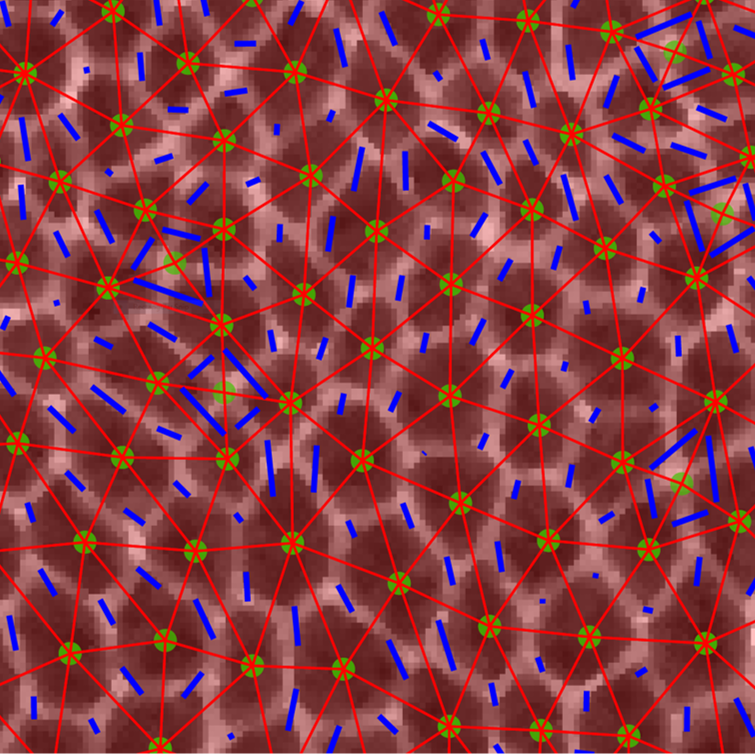
Watching and measuring what happens in tissues inside the human embryo is currently not possible, and it’s difficult to do in mammalian models. Because humans and the fruit fly Drosophila share so many biological similarities, Columbia Engineering and Syracuse University researchers tackled this problem by focusing on fruit flies. The team reports today that they can predict when the tissue will begin to rapidly flow just by looking at cell shapes in the tissue.
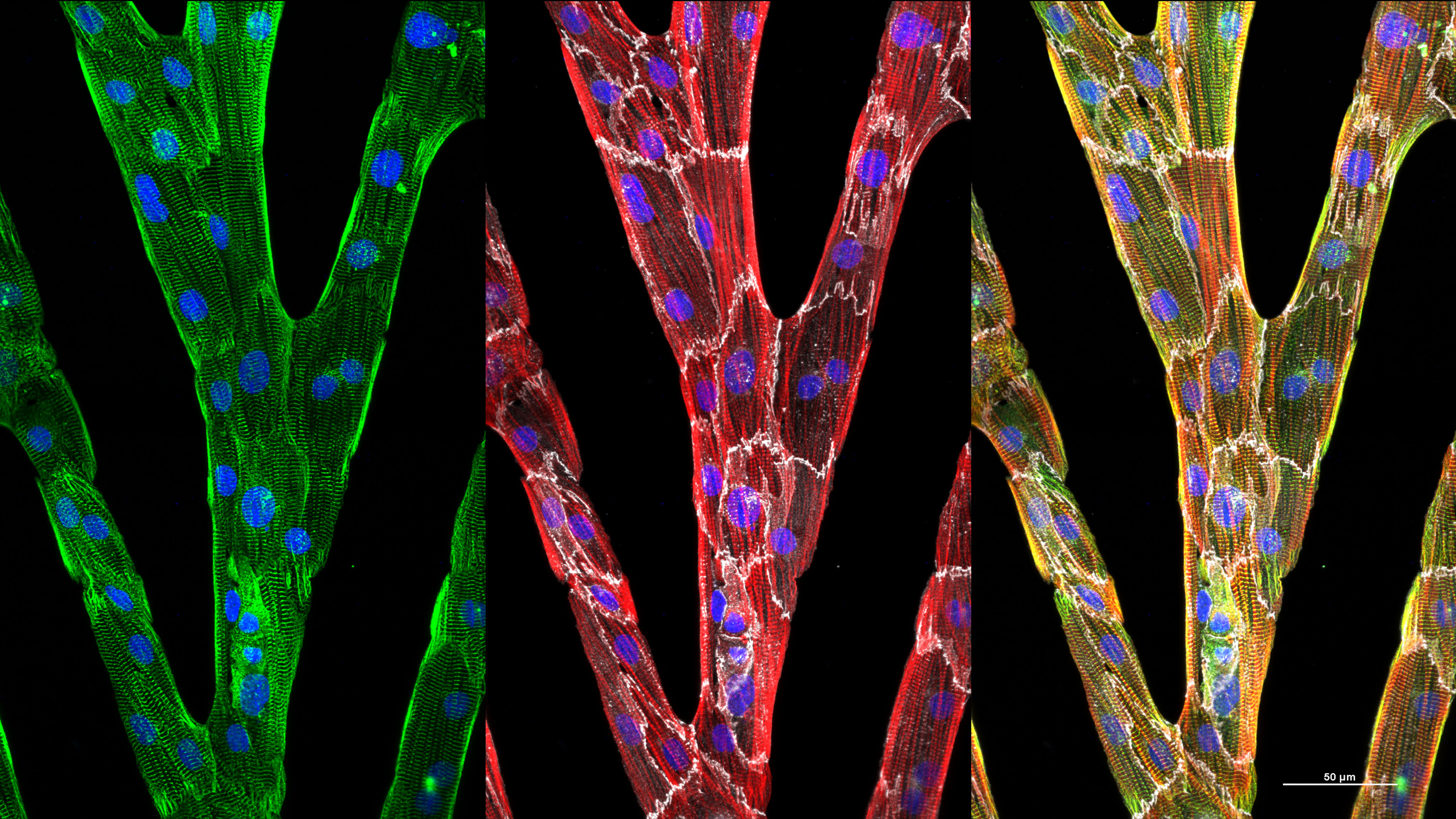
Many patients with heart disease face limited treatment options. Fortunately, stem cell biology has enabled researchers to produce large numbers of cardiomyocytes, which may be used in advanced drug screens and cell-based therapies. However, current image analysis techniques don’t allow researchers to analyze heterogeneous, multidirectional, striated myofibrils typical of immature cells. In the Journal of Applied Physics, researchers showcase an algorithm that combines gradient methods with fast Fourier transforms to quantify myofibril structures in heart cells with considerable accuracy.
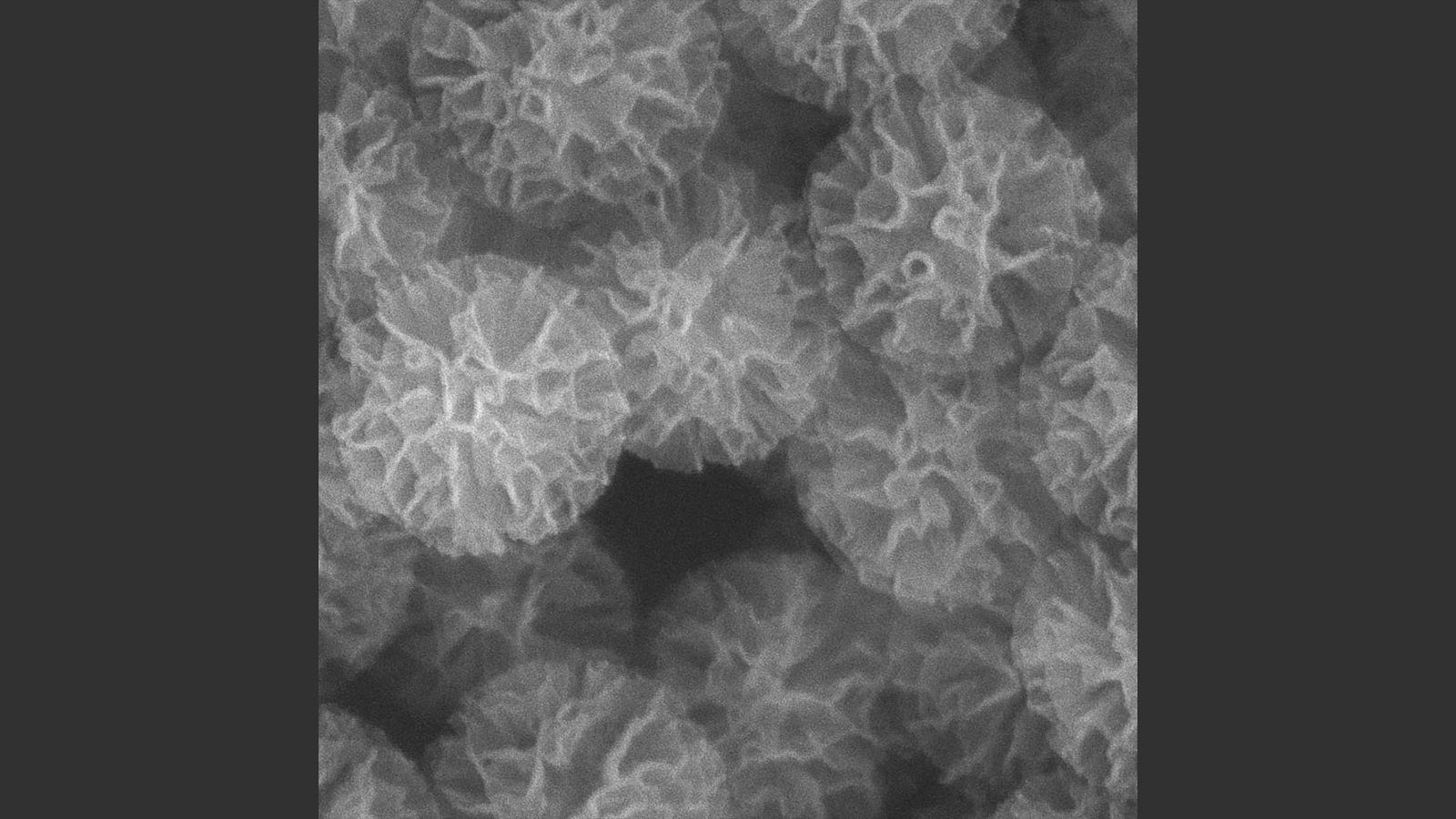
Researchers designed a nanodevice with the potential to prevent peptides from forming dangerous plaques in the brain in order to halt development of Alzheimer’s disease.
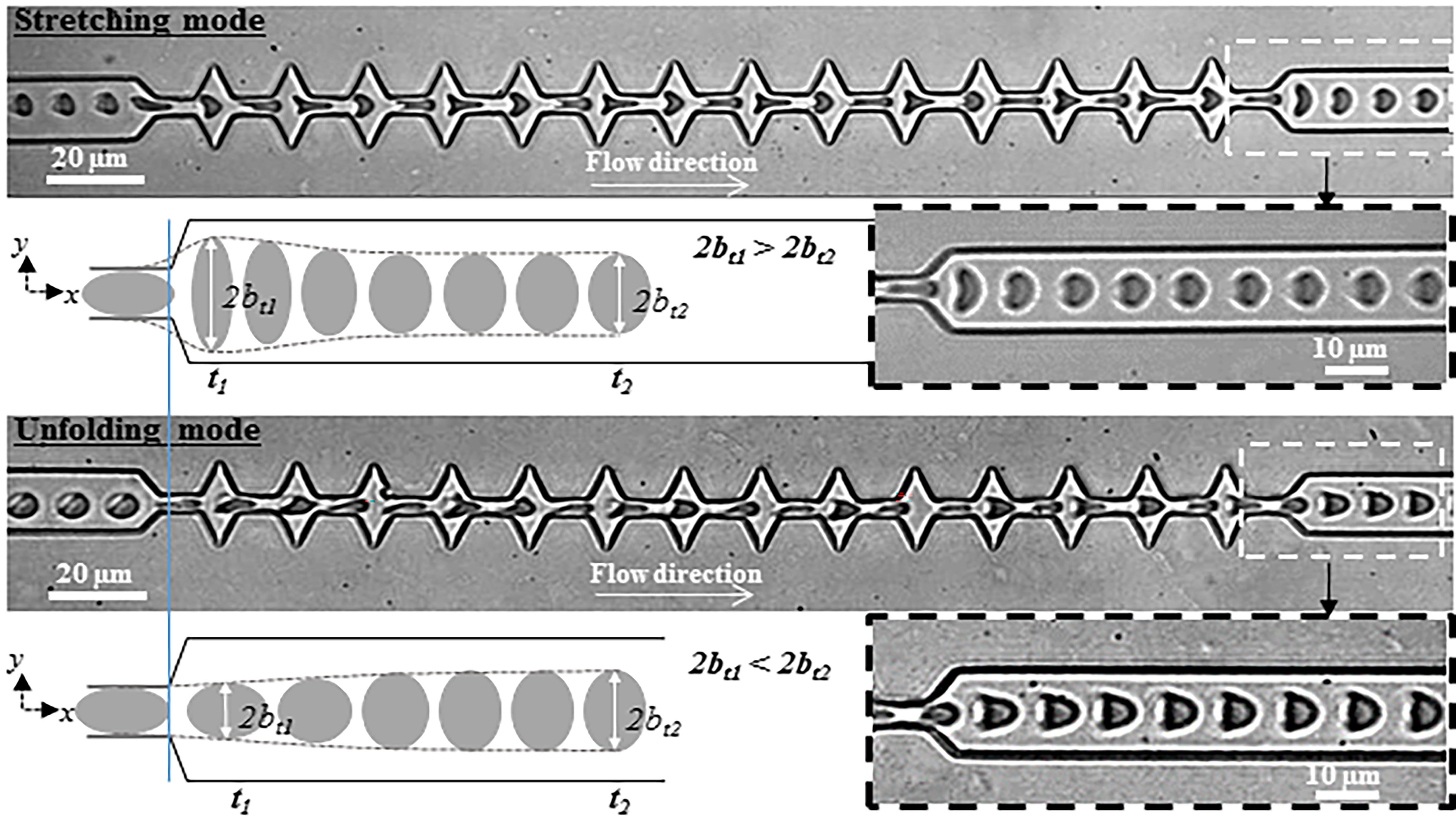
In this week’s Biomicrofluidics, a method to characterize the shape recovery of healthy human RBCs flowing through a microfluidic constricted channel is reported. This investigation revealed a coupling between the cell’s mechanical properties and the hydrodynamic properties of the flow. In addition, the method could distinguish between healthy red blood cells and those infected by the malaria parasite. This suggests a possible new technique for diagnosing disease.
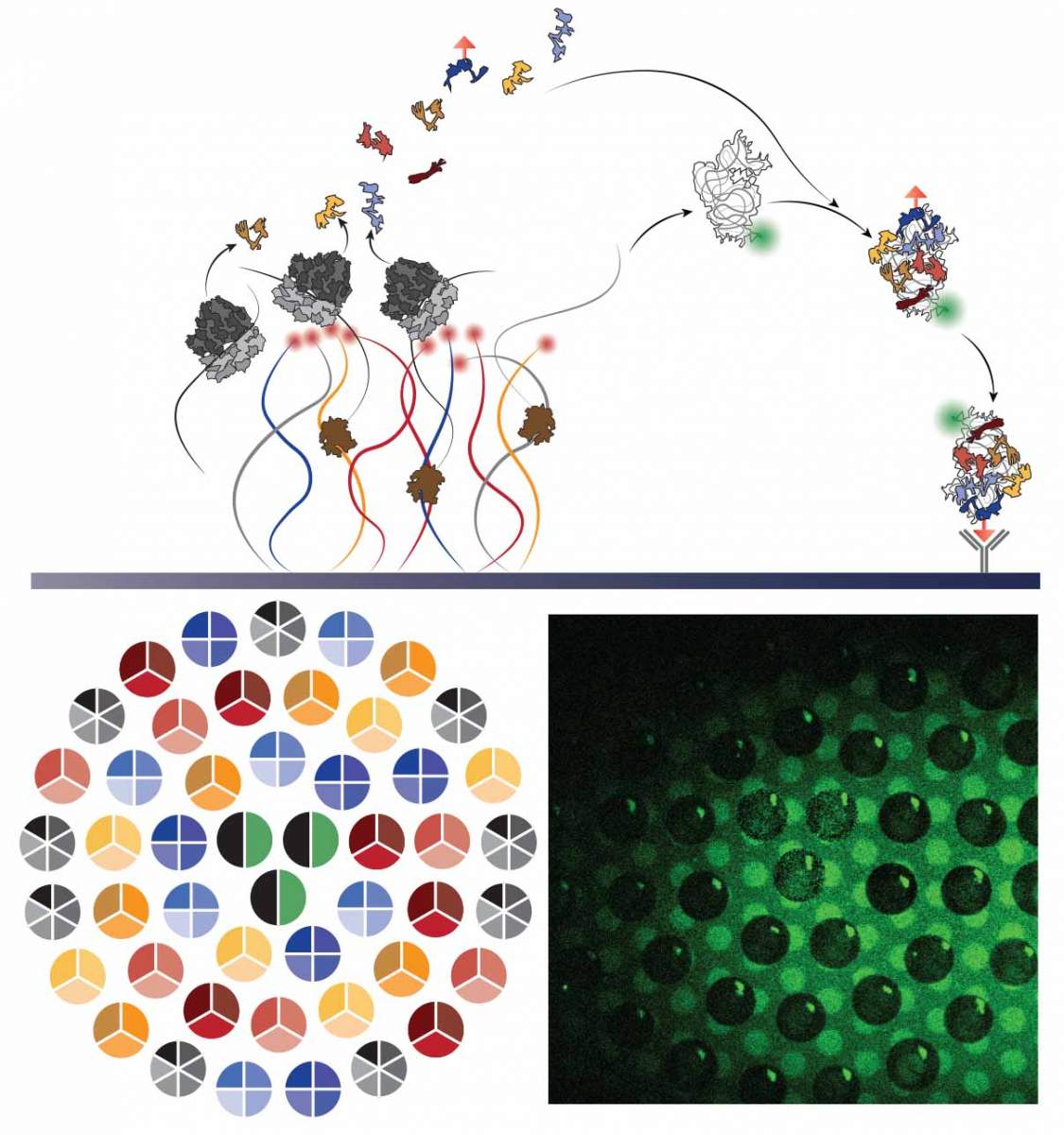
The Weizmann Institute’s Prof. Roy Bar-Ziv has demonstrated the self-synthesis and self-assembly of a ribosomal subunit on the surface of a chip. The breakthrough could lead to novel types of vaccines, including for antibiotic-resistant bacteria, or to assembly lines to produce complex molecules for a range of industries.
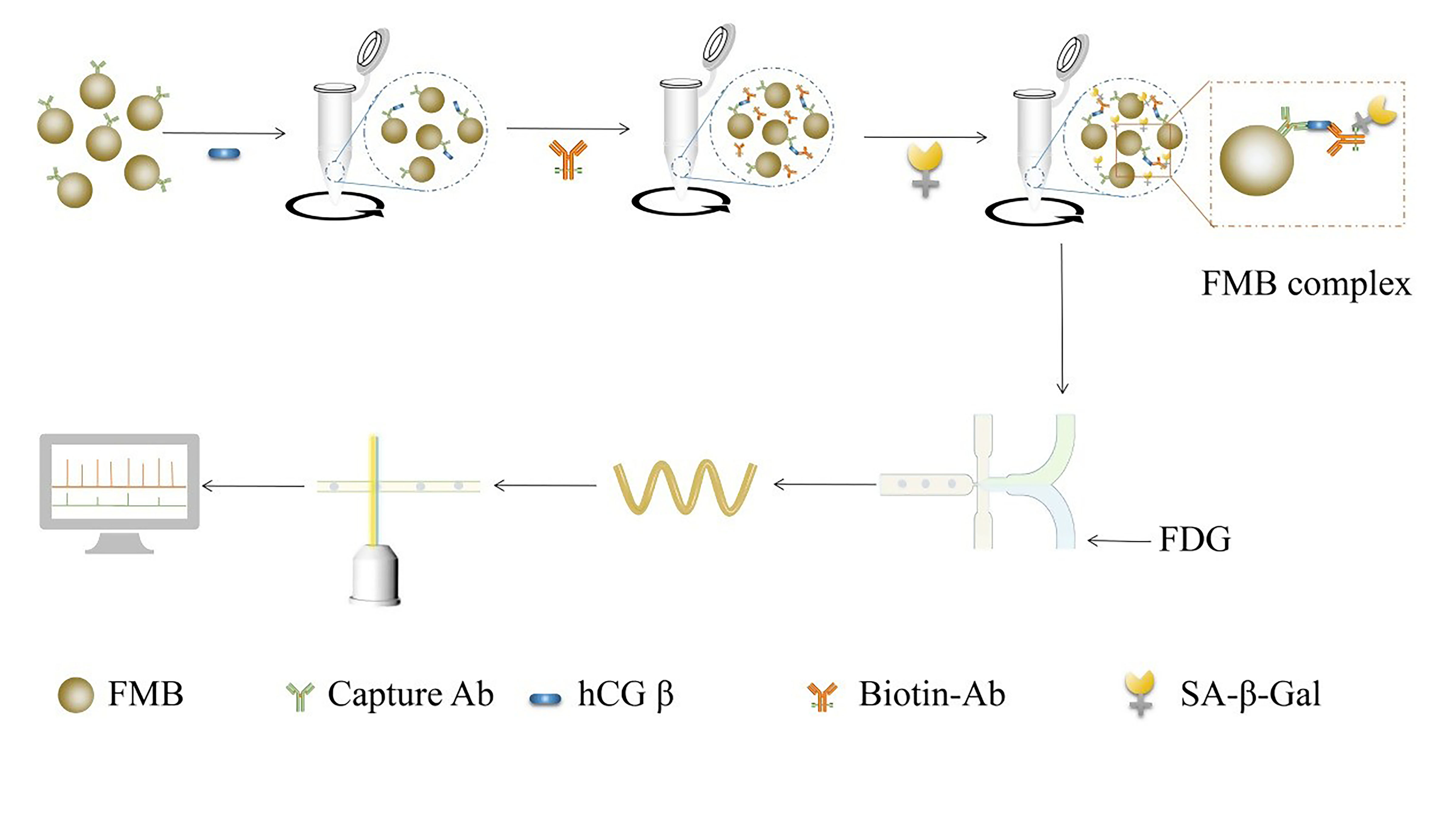
Infertility is estimated to affect 9% of reproductive-aged couples globally, and many couples turn to assisted reproductive technology. Selecting embryos with maximum development potential plays a pivotal role in obtaining the highest rate of success in ART treatment.
Researchers can evaluate the quality of an embryo by detecting the content of proteins secreted. In Biomicrofluidics, a method to detect trace proteins secreted by embryos using microfluidic droplets and multicolor fluorescence holds promise to select embryos for ART.
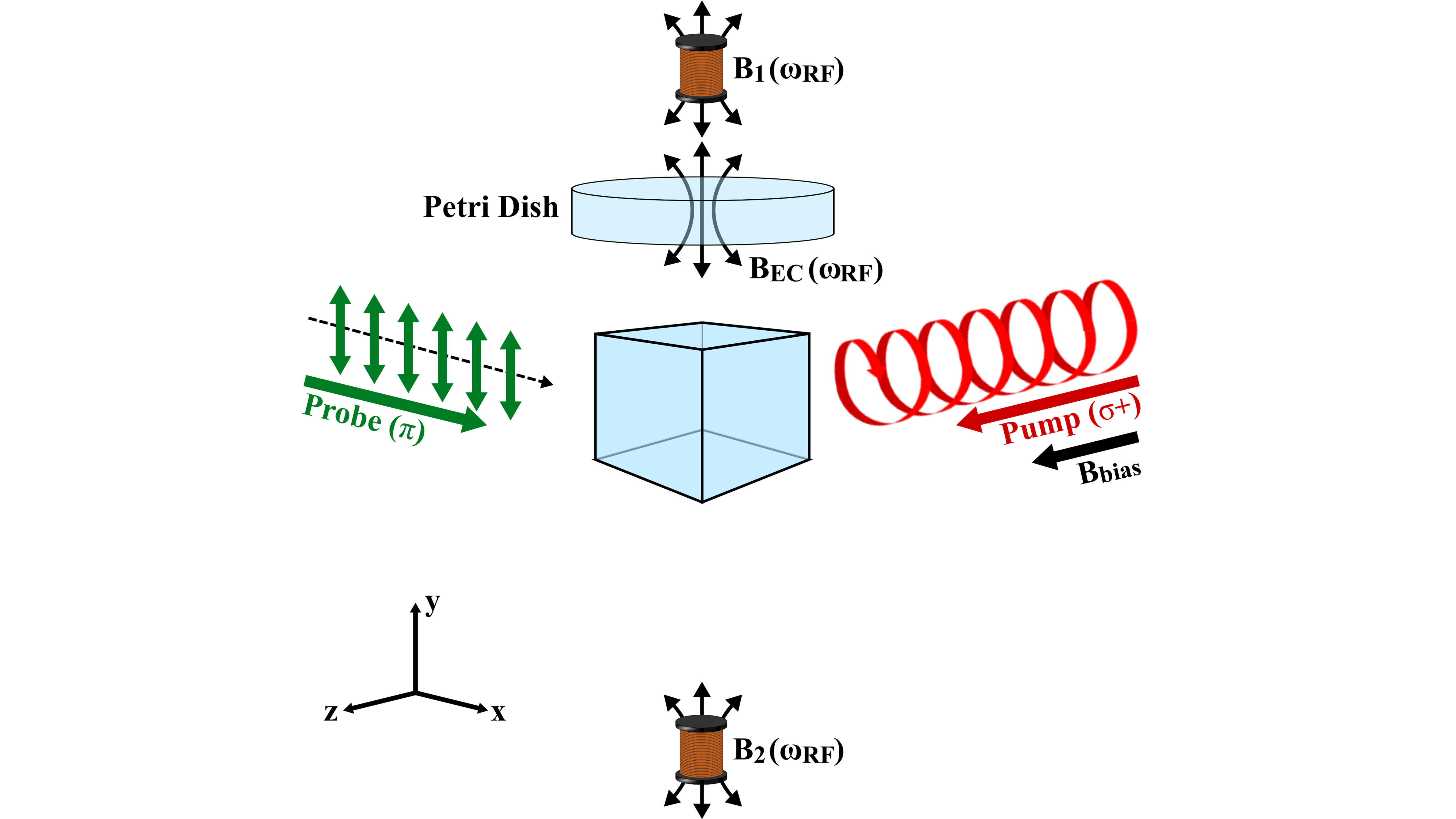
Mapping the electrical conductivity of the heart would be a valuable tool in diagnosis and disease management, but doing so would require invasive procedures, which aren’t capable of directly mapping dielectric properties. Significant advances have recently been made that leverage atomic magnetometers to provide a direct picture of electric conductivity of biological tissues, and in Applied Physics Letters, new work in quantum sensors points to ways such technology could be used to examine the heart.
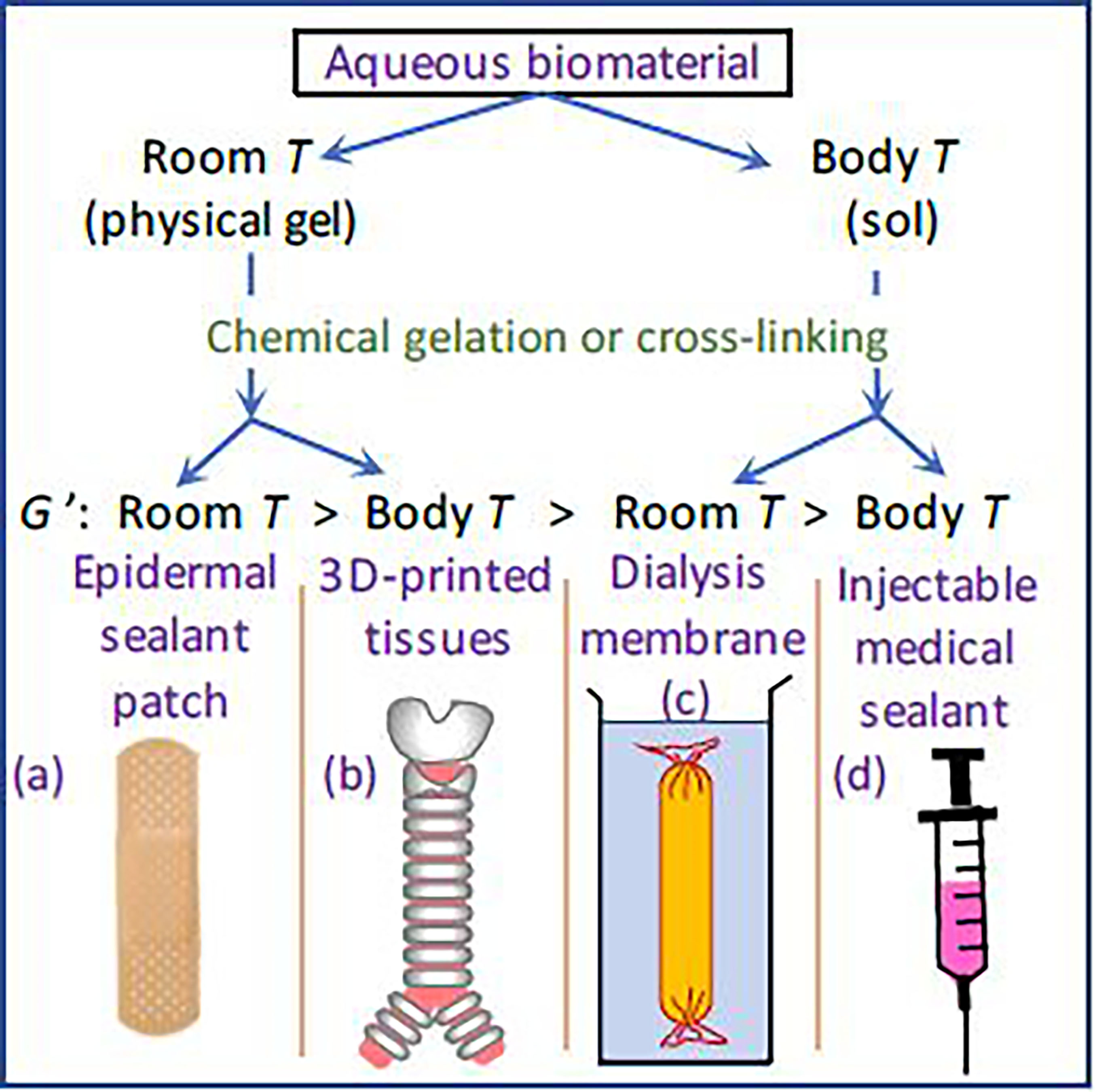
Biohydrogels have been studied closely for their potential use in biomedical applications, but they often move between sols and gels, depending on their temperature, changes that can pose issues depending on the intended use. In Physics of Fluids, researchers discuss their work studying the effect of temperature on hydrogels. They found that creating hydrogels at room temperature or below results in more robust materials that function more effectively when used in the body.
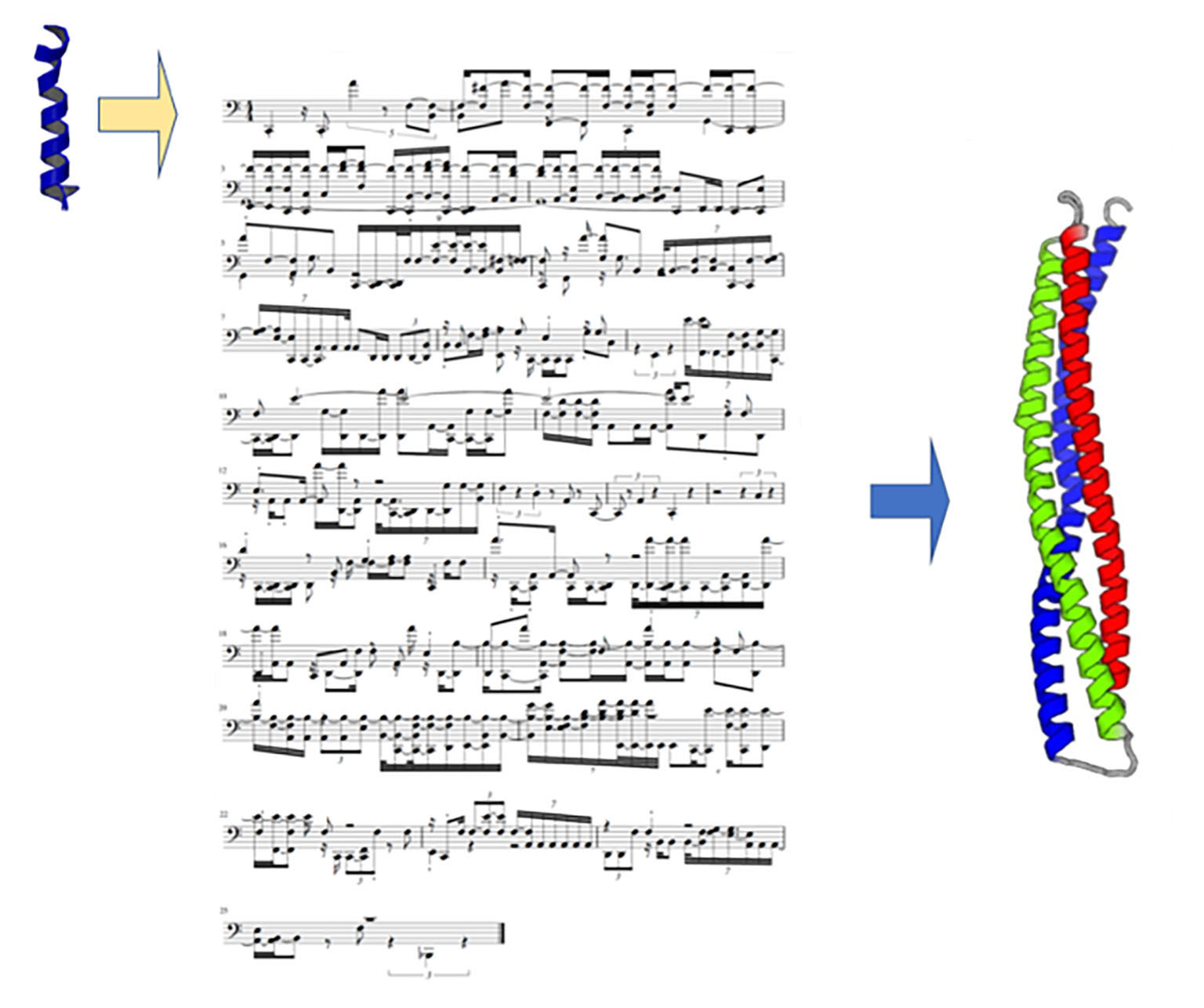
Proteins are the building blocks of life and scientists have long studied how to improve them or design new ones. Traditionally, new proteins are created by mimicking existing proteins or manually editing their amino acids. This process is time-consuming, and it is difficult to predict the impact of changing an amino acid. In APL Bioengineering, researchers explore how to create new proteins by using machine learning to translate protein structures into musical scores, presenting an unusual way to translate physics concepts across domains.
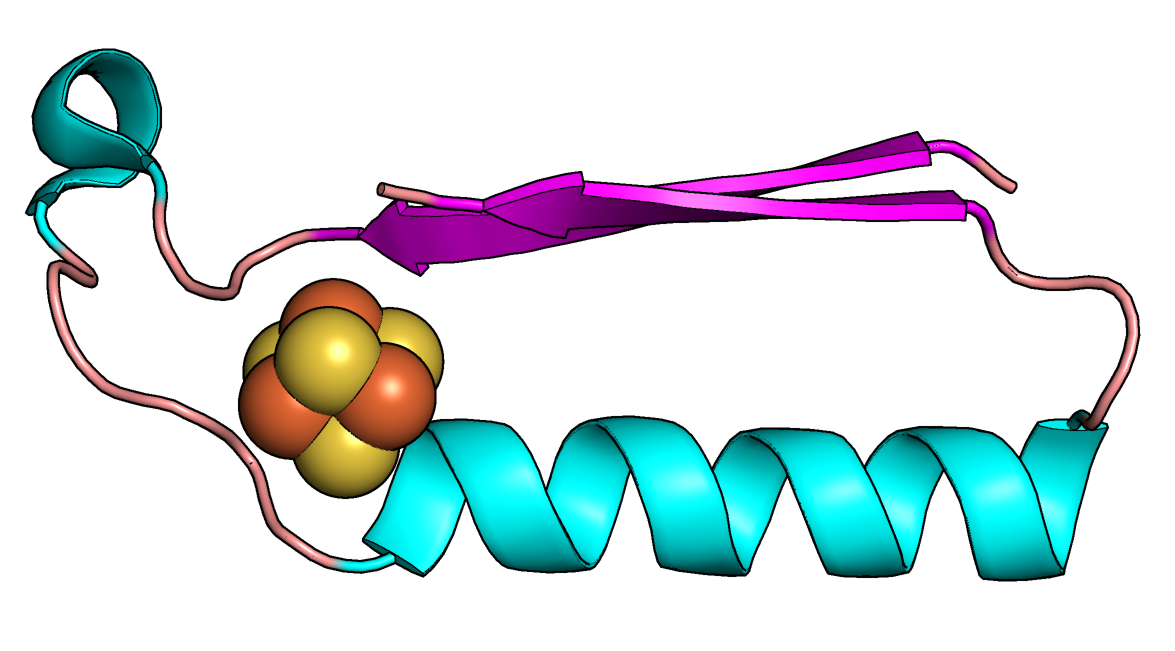
Rutgers researchers have discovered the origins of the protein structures responsible for metabolism: simple molecules that powered early life on Earth and serve as chemical signals that NASA could use to search for life on other planets. Their study, which predicts what the earliest proteins looked like 3.5 billion to 2.5 billion years ago, is published in the journal Proceedings of the National Academy of Sciences.
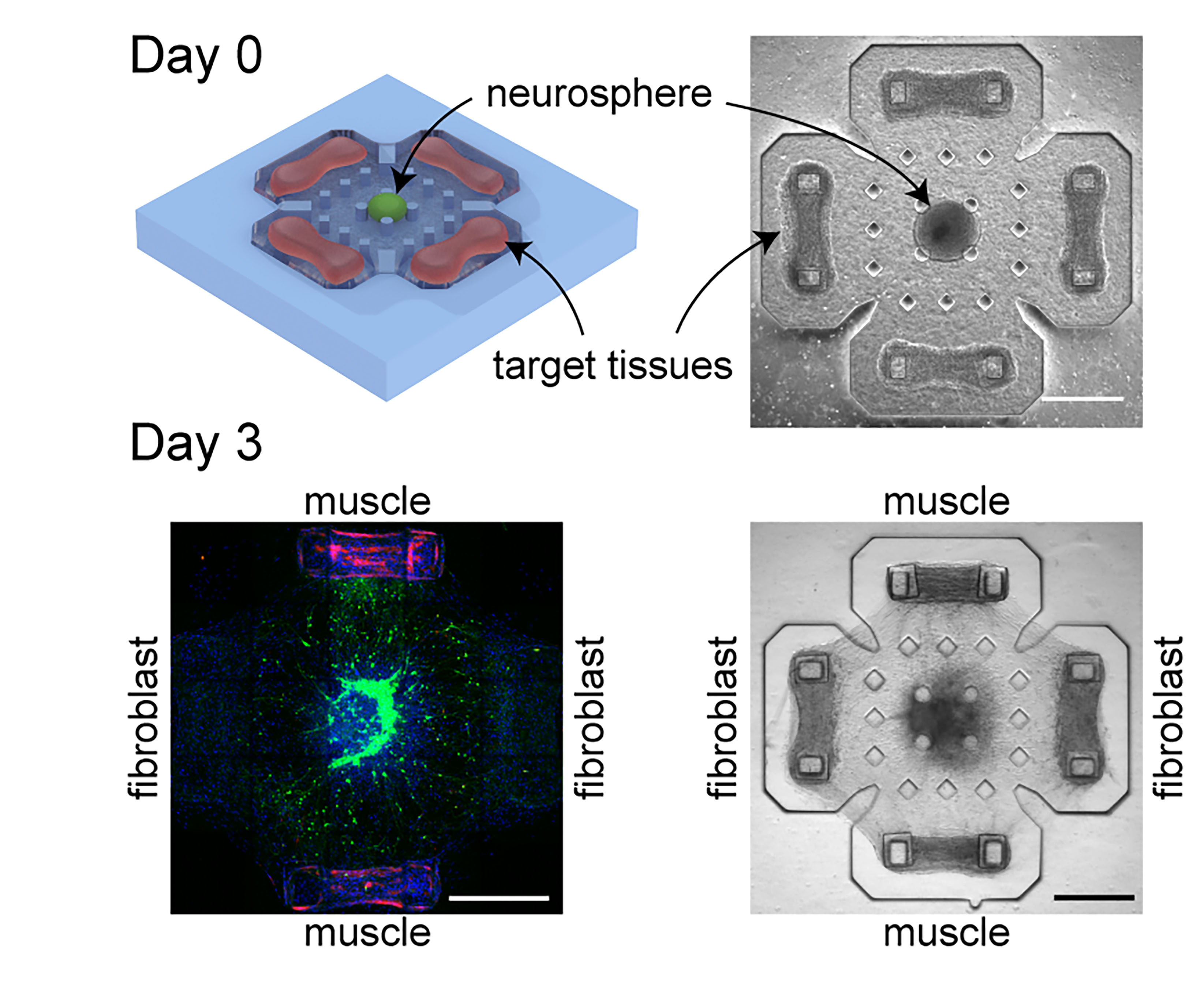
Researchers created a platform to observe stem cell-derived neurons grow toward muscle cells, representing a critical milestone towards the realization of future biohybrid machines. In tiny biorobots using muscle cells as actuators, the ability to tune parameters would allow more precise designs with desirable characteristics and predictable behaviors for intelligent drug delivery, environment sensing, biohybrid blood circulation pumps and other uses. But big questions remain about future experiments.
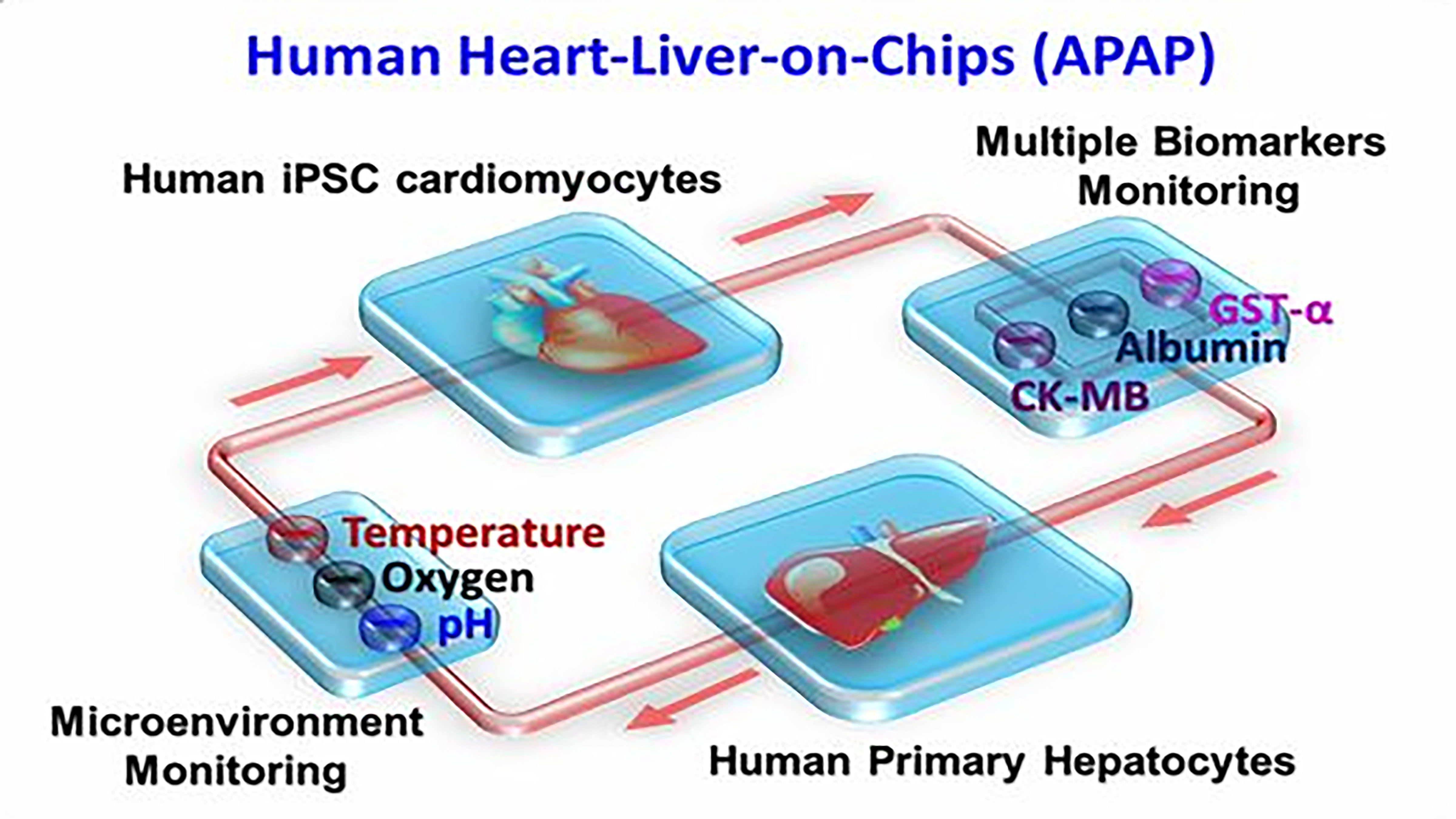
A review of recent work in biophysics highlights efforts in cellular engineering, ranging from proteins to cellular components to tissues grown on next-generation chips. Author Ngan Huang said the fast pace of development prompted her and her colleagues to take stock of promising areas in the field as well as hurdles researchers can expect in coming years. They discuss their work in this week’s APL Bioengineering.
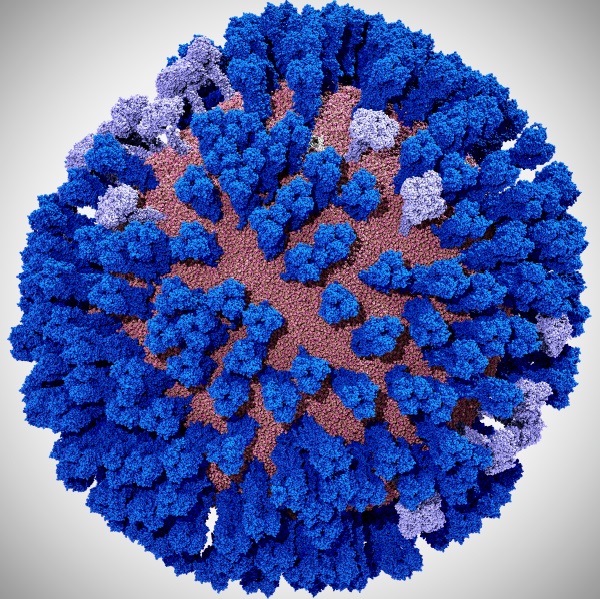
In a recent study, led by UC San Diego’s Rommie Amaro, researchers broke new ground with their molecular simulations in terms of size, complexity and methodological analyses of the viral envelope.
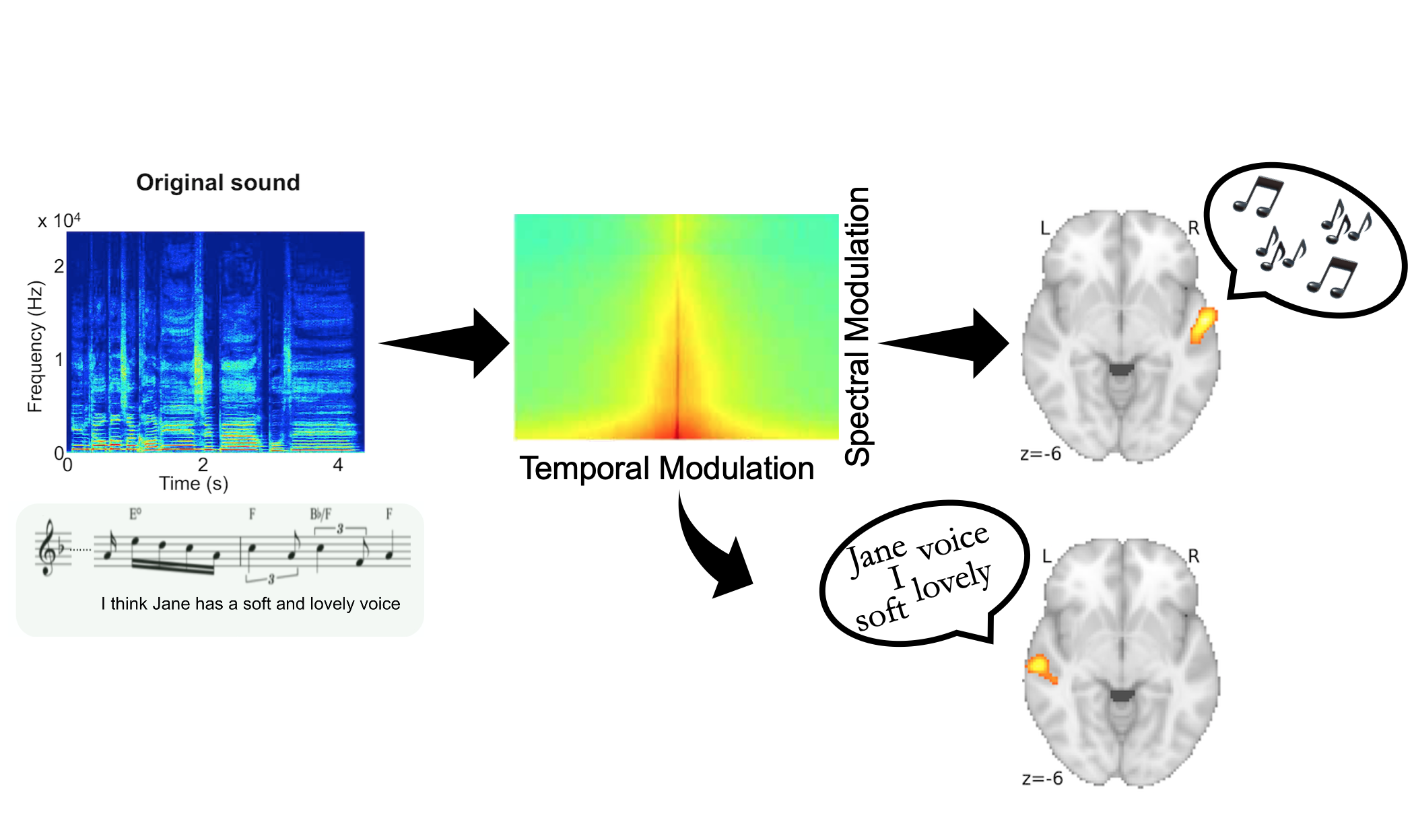
Speech and music are two fundamentally human activities that are decoded in different brain hemispheres. A new study used a unique approach to reveal why this specialization exists.
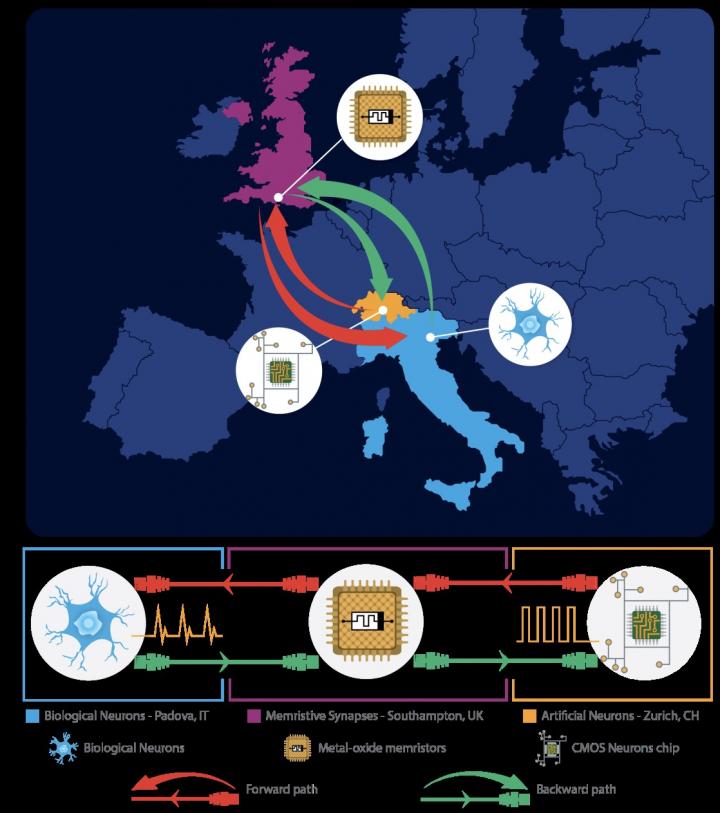
Research on novel nanoelectronics devices led by the University of Southampton enabled brain neurons and artificial neurons to communicate with each other.

When our sun belches out a hot stream of charged particles in Earth’s general direction, it doesn’t just mess up communications satellites.
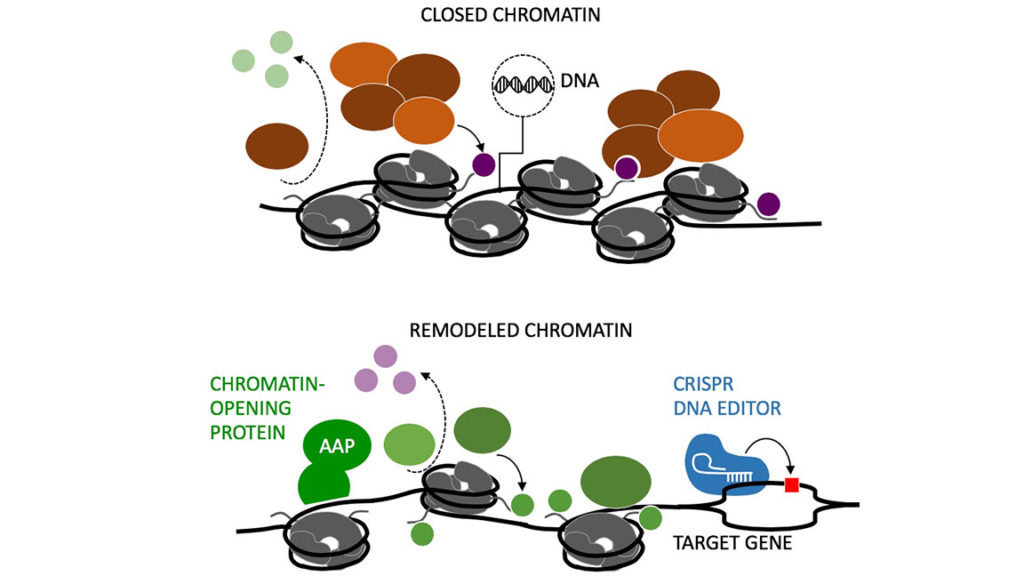
Protein editorial assistants are clearing the way for cut-and-paste DNA editors, like CRISPR, to access previously inaccessible genes of interest. Opening up these areas of the genetic code is critical to improving CRISPR efficiency and moving toward futuristic, genetic-based assaults on disease. The DNA-binding editorial assistants were devised by a U.S.-based team of bioengineers, who describe their design in APL Bioengineering.
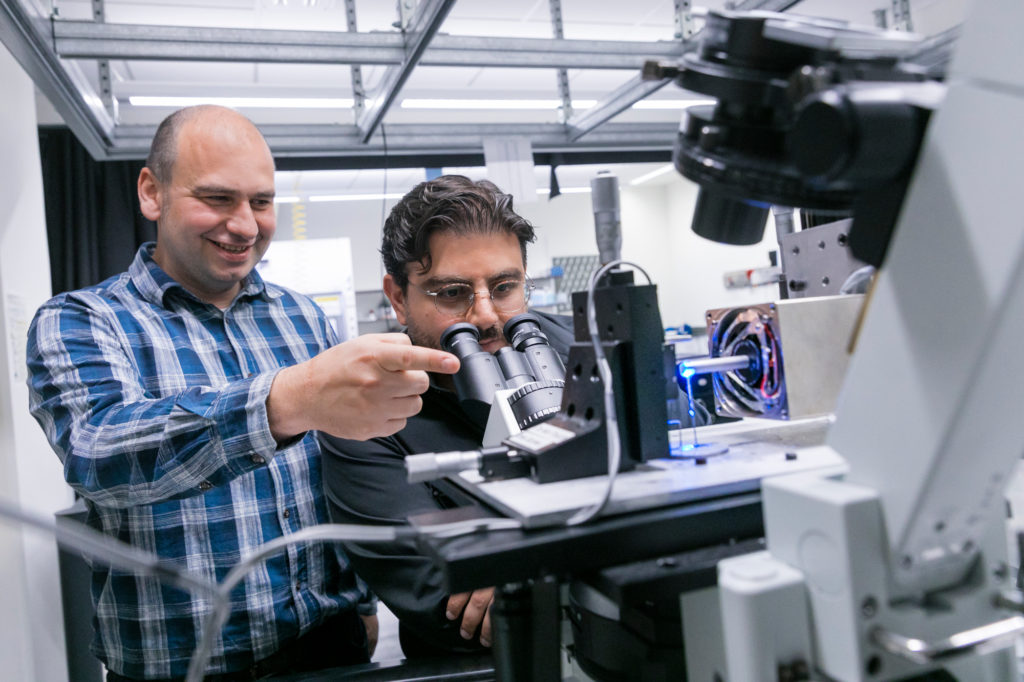
Two biophysicists at the University of Wisconsin-Milwaukee have introduced a method that could turn protein hydrogels into smart materials with shape-memory capabilities. The work opens the door for a wider use of protein hydrogels in both conventional and new fields, like soft robotics.

Researchers from the Mechanobiology Institute at the National University of Singapore have shown that cells can attach to the fibrous protein meshwork that surrounds them only if the fibres are spaced close enough. The team’s findings can explain the abnormal motility patterns displayed by cancer cells.